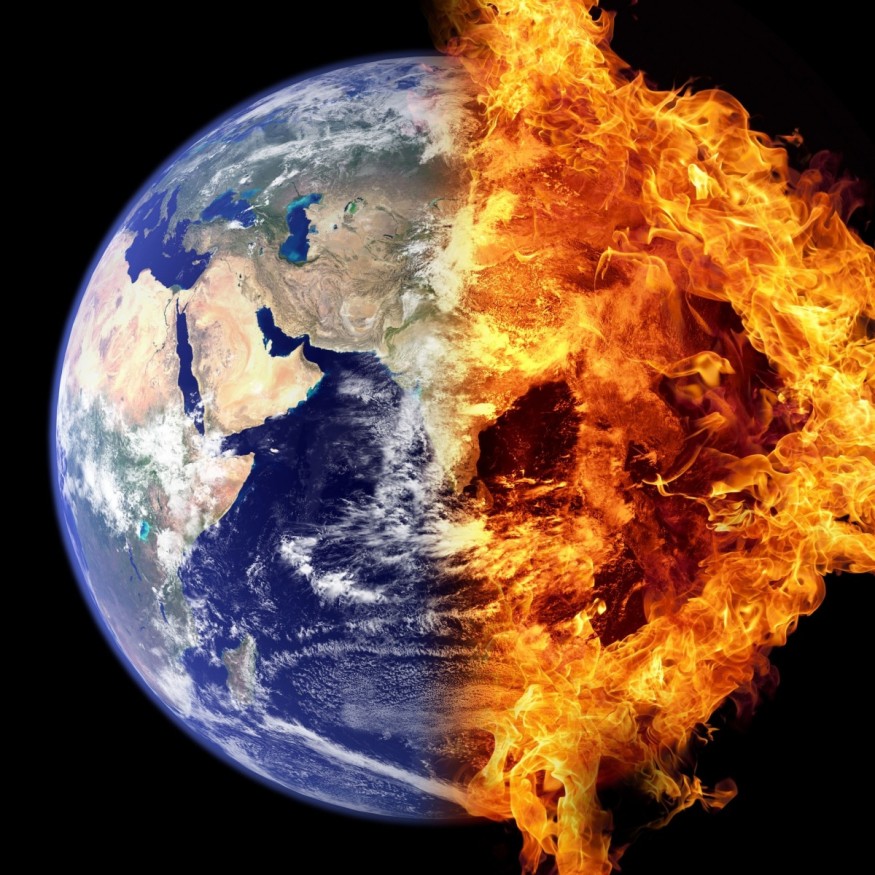Recent research suggests that every 200 million years, when Earth travels through the spiral arms of the Milky Way galaxy, it gets bombarded by high-energy comets. According to the research team, comets at the edge of the solar system interact with the massive gas clouds in the spiral arms, which accelerates them toward Earth. By analyzing zircon crystals, the scientists came to their conclusion, which was published in the journal Geology.

Planet Earth's Evolution
According to Chris Kirkland, a primary author of the paper presenting the findings and a geologist at Curtin University in Australia, geologists typically consider internal Earth processes to be crucial to our planet's evolution. He continued by saying that we can also consider ideas on a far greater scale, consider extraterrestrial processes, and consider our place in the galaxy.
The researchers believe that the dense clouds of gas in the spiral arms interact with comets at the solar system's edge, sending them speeding toward Earth. North American Craton in Greenland and the Pilbara Craton in Western Australia, two of Earth's oldest continents and locations where the planet's earliest continental history is preserved.
Crust Production Pattern Matches the Geological Timeline
Using the decay of uranium in zircon crystals, a geological timeline covering one billion years of the Archean eon has been developed in these areas. It covers the period between 2.8 and 3.8 billion years ago. Geologists might learn more about how Earth evolved to be the sole planet with continents and active plate tectonics through the help of the timeline.
The hafnium's isotopes in zircon allow researchers to identify times in Earth's history when there was an inflow of juvenile magma containing components that had never reached the surface before, which is a marker of crust creation.
Over a significant period of time, Kirkland and his team discovered that patterns of crust production matched galactic years. According to Wikipedia, galactic year, often called a cosmic year, is the amount of time needed for the Sun to complete one orbit around the Milky Way galaxy's core.
Examinations of oxygen isotopes also confirmed the results, which showed a consistent pattern. The scientists came to the conclusion that Earth's orbit around the Galactic Center influences the planet's geology.
Dense Clouds Charged with More Energy May Cause Material Melting
While the Milky Way's spiral arms rotate at roughly 47,000 mph, the sun orbits the Galactic Center at about 536,000 mph. This implies that the sun and solar system, as well as many of the other stars in the Milky Way, move in and out of the spiral arms, much like stadium patrons performing the wave.
Around 4.6 trillion miles from the sun, in the Oort cloud, ice planetesimals interact with dense gas clouds of the whip-like spiral arms as the solar system travels toward them. This interaction sends icy particles into the Earth and the inner solar system.
Compared to the asteroids that regularly hit Earth, these objects approach with more energy. The main asteroid belt, which is located between Mars and Jupiter and is far closer to Earth than the Oort cloud, is where the majority of those space rocks originate.
Kirkland said that it is crucial because increased energy will cause more melting. When it strikes, there is a greater uplift of material because there is more decompression melting.
Check out more news and information on Space in Science Times.
© 2026 ScienceTimes.com All rights reserved. Do not reproduce without permission. The window to the world of Science Times.










